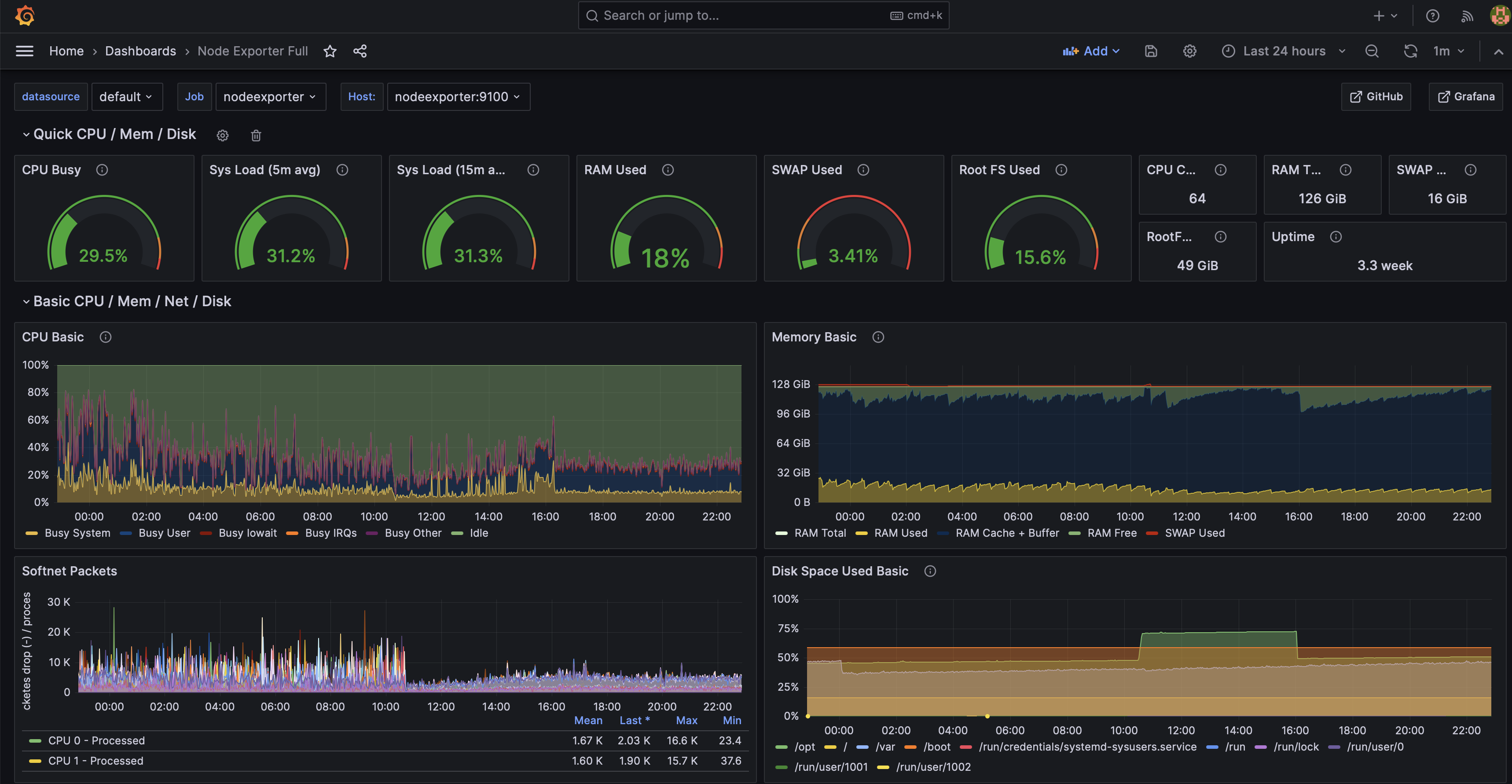this post was submitted on 05 Jul 2023
1712 points (99.0% liked)
Lemmy.World Announcements
29157 readers
353 users here now
This Community is intended for posts about the Lemmy.world server by the admins.
Follow us for server news 🐘
Outages 🔥
https://status.lemmy.world
For support with issues at Lemmy.world, go to the Lemmy.world Support community.
Support e-mail
Any support requests are best sent to [email protected] e-mail.
Report contact
- DM https://lemmy.world/u/lwreport
- Email [email protected] (PGP Supported)
Donations 💗
If you would like to make a donation to support the cost of running this platform, please do so at the following donation URLs.
If you can, please use / switch to Ko-Fi, it has the lowest fees for us
Join the team
founded 2 years ago
MODERATORS
you are viewing a single comment's thread
view the rest of the comments
view the rest of the comments






I know that the RAM cache is just taking advantage of otherwise free RAM and will be dropped in favor of anything else, but it does stress me out a bit to see it "full" like that.
It would stress me even more to see a lot of RAM doing nothing, that would be a shame! ;-)
Difference between Windows and Linux. Windows would only use what it needs. Linux pre-empts more and fills the RAM for what coul dbe needed.
It used to stress the shit out of me when I switched to Linux as I'd gotten used to opening task manager and seeing 90% free RAM. On Linux I'd be seeing 10% free and panicking thinking it was a resource hog.
The Linux-way is the best way.
I use Arch btw ;)
Both OSes do pre-caching and for both the standard tools to check usage nowadays ignore pre-cached elements when counting RAM usage.
I had a feeling that 'factoid' may be out of date! Since I learnt it about the time of Windows XP when we were shown examples of how Linux and Windows memory management differed. It all made sense why Linux seemed to have full RAM even after a big upgrade but WinXP gave the 'illusion' of having lots of free RAM to use. ~ 20yrs ago!
I think we used SuSE Linux 7.3!
I still hold a savage hatred of all RPM-based distros after dealing with the hell of early 2000's editions (Redhat, Mandrake & Suse). Though I did like SuSE KDE's colours when it worked!
But Windows also does pre caching?
It probably just didn't mark that memory as "used" in the task manager.
I discovered this about 20yrs ago and there's been a lot of drugs & drink since then.
I do remember I could open my shit-hot 256Mb RAM desktop with Windows XP taskmanager and it shows a whopping 128Mb free RAM. 😎
Then I'd boot into my '733T H4X0r' Suse Linux 7.3 and top would show 5Mb free RAM. 😱
This caused much upset until I found out the two OS's have (had?) fundamentally different memory utilisation philosophies.
May not be the case anymore but it was late 90s/early 00s.
That's how it supposed to work, free RAM does nothing :)
It’s free real estate!
If you had this much buffer memory what are the reasons to have swap space as well?
With my servers I’m paranoid having swap enabled will inadvertently slow stuff down. Perhaps there’s a reason to have it that I’m unaware of?
Many programs do stuff once during startup that they never do again, sometimes creating redundant data objects that will never get accessed in the configuration its being run in. Eventually the kernel memory manager figures out that some pages are never used but it can't just delete them. If swap is enabled it can swap them to disk instead. It frees up that RAM for something more important. It's usually minor but every few MB helps.
I personally like having some swap as during low memory situations (which lemmy gets at least once a day on my small instance) everything slows down rather than getting culled by the oom killer. It's not a replacement for monitoring, but it does extend the timeframe to react to things.
Memcache usually takes all the assigned memory regardless of usage so seeing high usage isn't always unusual. That's assuming the lemmy servers are using some kind of session caching solution.